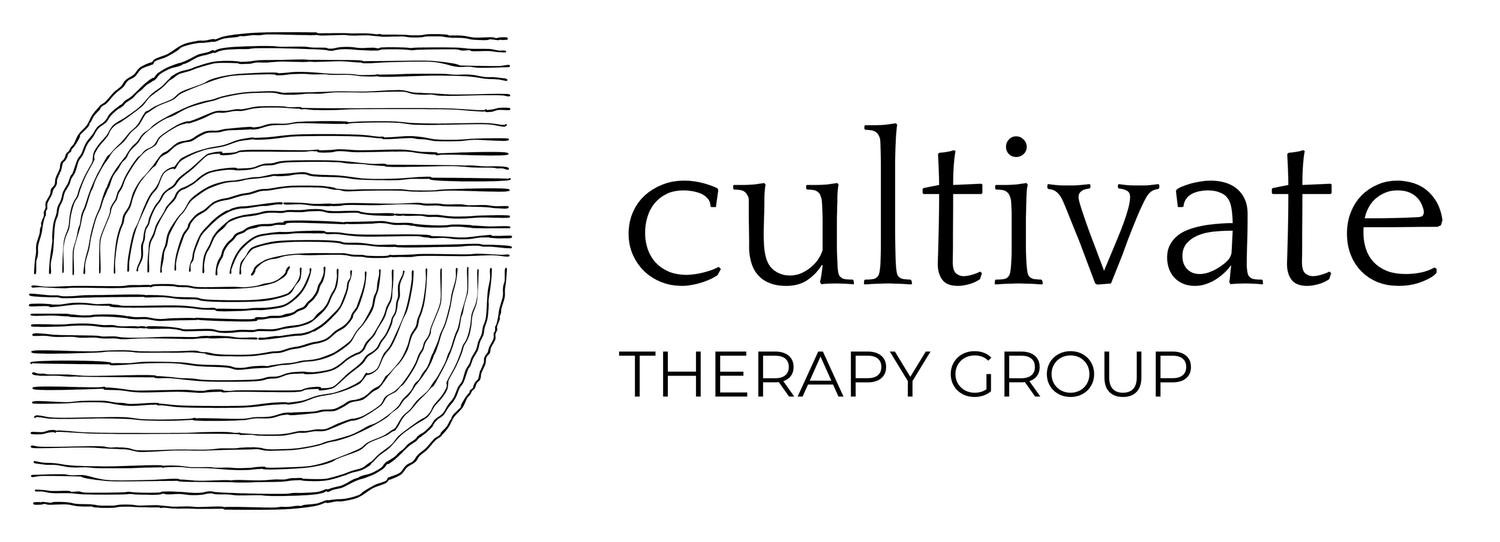Escaping the Drama Triangle
Last week’s blog focused on the frustrating dynamic of Karpman’s Drama Triangle - the dance between the victim, persecutor, and rescuer. It’s a dance we may be all too familiar with and one that can happen subtly. But once we recognize it, how do we step out of it?
Like I mentioned previously, each of the three roles needs someone to fulfill one of the other roles in order for the dance to continue. So a huge part of stepping out of the drama is to become aware of which roles you play. These roles are often learned early on in our families but can become fluid in relationships. For example, if you notice you have a tendency to rescue, intentionally work toward expanding awareness of how, when, and where you tend to rescue others.
Once you have cultivated some awareness of your role, the next step is to stick to your side of the fence. Sticking to your side of the fence means using I-statements like “I’m feeling ____” or “I’m noticing ____.” At the core, all of the roles focus on the other person rather than yourself, essentially blame shifting and giving power away in three unique manifestations. By choosing to stick to your feelings, experiences & responsibilities only, you are practicing being accountable for your feelings and actions and allowing others to do the same.
Finally, expect the drama to continue for a little while. When you step out of the drama, the other person will likely still play their role for a bit, but abstaining from your role cuts off the fuel to the fire. Relationships are like baby mobiles, changing up one role disrupts the whole system, and often the system is eager to get back to the familiar status quo. It will take practice over time to notice the role, learn to step out of it, and allow your relationships to adjust accordingly. Like practicing any new skill, this often doesn’t happen seamlessly at first. Over time, I hope you will find more peace and clarity in yourself.

